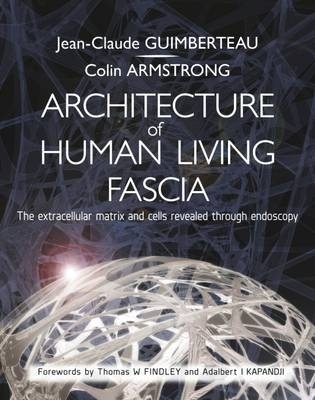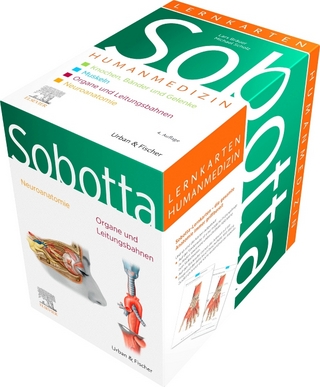
Architecture of Human Living Fascia
Handspring Publishing Limited
978-1-909141-11-7 (ISBN)
- Titel ist leider vergriffen;
keine Neuauflage - Artikel merken
This beautifully illustrated book and DVD provide an introduction to Dr Guimberteau's groundbreaking work. He is the first person to publish video "movies" showing the structure of the fascia and how the fascia responds to. Based on what can be seen he has developed his own concept of the multifibrillar structural organisation of the body, wherein the "microvacuole" is the basic functional unit. His films confirm the continuity of fibres throughout the body thereby seeming to confirm the tensegrity theory, which provides the basis of many manual therapy and bodywork teachings. His work ties in with that of Donald Ingber on tensegrity within the cytoskeleton, and adds to the evidence linking the cytoskeleton to the extracellular matrix as described by james Oschman. The book and accompanying DVD provide, for the first time, an explanatory introduction and explanation of these theories and link them to the visual evidence shown in the video on the DVD.This material will be highly valued by osteopaths, massage therapists, chiropractors and others as it provides part of the scientific underpinning of their techniques, as well as an explanation of what is happening when they use those techniques to treat their clients.
So Guimberteau's material confirms what manual therapists already believed but didn't fully understand. He has provided an explanation of how fascial layers slide over each other and how adjacent structures can move independently in different directions and at different speeds while maintaining the stability of the surrounding tissues.
Dr Jean-Claude Guimberteau is co-founder and scientific director of the Institut Aquitain de la Main, and past-President 2011-2012 of the French Society for Plastic and Reconstructive Surgery (SOFCPRE). Dr Guimberteau trained in hand and plastic surgery at the University of Bordeaux, under Professors Goumain and Baudet. He worked in microsurgery and transplantation, extending his surgical experience through working in the USA with Dr J M Converse and Dr Ralph Millard. With Professor Claude Verdan in Switzerland and Dr Harold Kleinert in the USA he wrote a book: New ideas in hand surgery He has developed our knowledge of the structure and function of tendon physiology, and pioneered techniques for secondary flexor tendon repair. Perhaps his most significant contribution to our understanding of human biology has come about through his innovative use of video-endoscopy to investigate the structure of the fascia in vivo, resulting in what is essentially a new concept of living tissue and a new ontology for human body architecture. Through the company endovivo.com he has published many videos on living matter: Strolling under the skin, 2005; Skin excursion, 2008; Muscle Attitude, 2009; Interior Architectures, 2011; Skin, Scars and Stiffness, 2012; and Destination Tendon, 2012 Dr Guimberteau is also a member of the French Hand Society (GEM), and of the French Academy of Surgery. He has been a member of the (French) Health Service High Authority 2007-2010.
Introduction
1) Tissue Continuity
2) Fibrillar Continuity and Form
3) Mobility and Adaptability
4) The Relationship between the Cells and the Fibrillar Architecture
5) Spatial Arrangement, Tensegrity, and Fractalization
6) Adaptations and Modifications of the Multifibrillar Network
7) Concept of Connective Tissue as the Architectural Constitutive Tissue Responsible for Form
Afterword
| Erscheint lt. Verlag | 8.9.2015 |
|---|---|
| Zusatzinfo | 403 photographs and drawing plus 90 linked video clips |
| Sprache | englisch |
| Maße | 225 x 285 mm |
| Gewicht | 1131 g |
| Themenwelt | Medizin / Pharmazie ► Medizinische Fachgebiete ► Orthopädie |
| Medizin / Pharmazie ► Naturheilkunde | |
| Studium ► 1. Studienabschnitt (Vorklinik) ► Anatomie / Neuroanatomie | |
| ISBN-10 | 1-909141-11-9 / 1909141119 |
| ISBN-13 | 978-1-909141-11-7 / 9781909141117 |
| Zustand | Neuware |
| Haben Sie eine Frage zum Produkt? |
aus dem Bereich


